Hyperbaric oxygen therapy
Hyperbaric oxygen therapy (HBOT) is used to treat a variety of conditions including decompression sickness, non-healing wounds, diabetic foot ulcers, burns, and compromised skin grafts. HBOT is based on the principle that heightened atmospheric pressure combined with breathing pure oxygen triggers the body’s mechanisms for healing and tissue restoration.
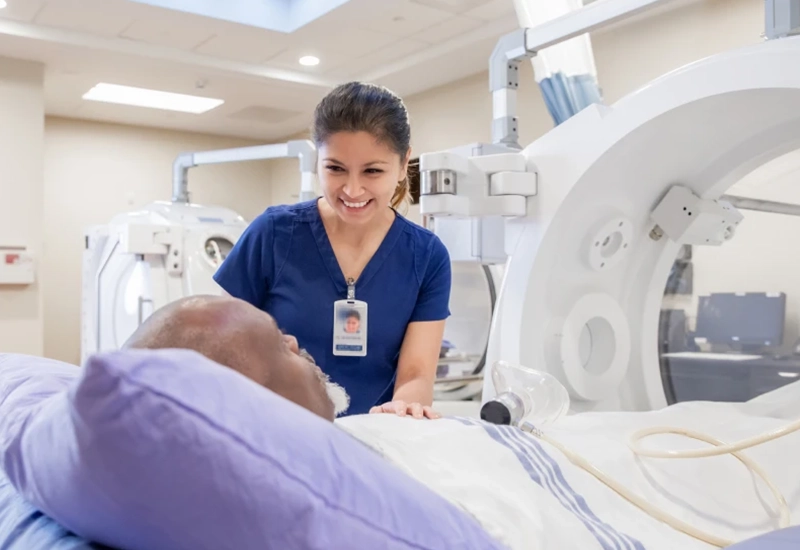
Applications of hyperbaric oxygen therapy
While the use of hyperbaric chambers is often associated with the treatment of decompression sickness (the bends), HBOT has wide-reaching application within healthcare and other sectors such as the beauty industry and elite sports. Some of the most common clinical applications include:
Decompression sickness
Non-healing wounds/diabetic foot
Carbon monoxide poisoning
Compromised skin graft
Burns
Radiation injury
Infections
Hyperbaric oxygen therapy in practice
Patients sit or lie down in a sealed pressure chamber and breathe pure oxygen, which is either pumped into the chamber or fed to the patient via a mask. The pressure in the chamber is increased (up to at least 2 atmospheres), which should raise levels of oxygen in the patient’s lungs, delivering more oxygen in the microcirculation, and in turn more oxygen to tissue — which can be measured with TcpO2.
Assessing the effectiveness of hyperbaric oxygen therapy
Because it measures the amount of oxygen diffused through the skin, transcutaneous oxygen pressure (TcpO2) can provide useful insights into the effectiveness of hyperbaric oxygen therapy. TcpO2 measurements can be taken before, during, and after HBOT.
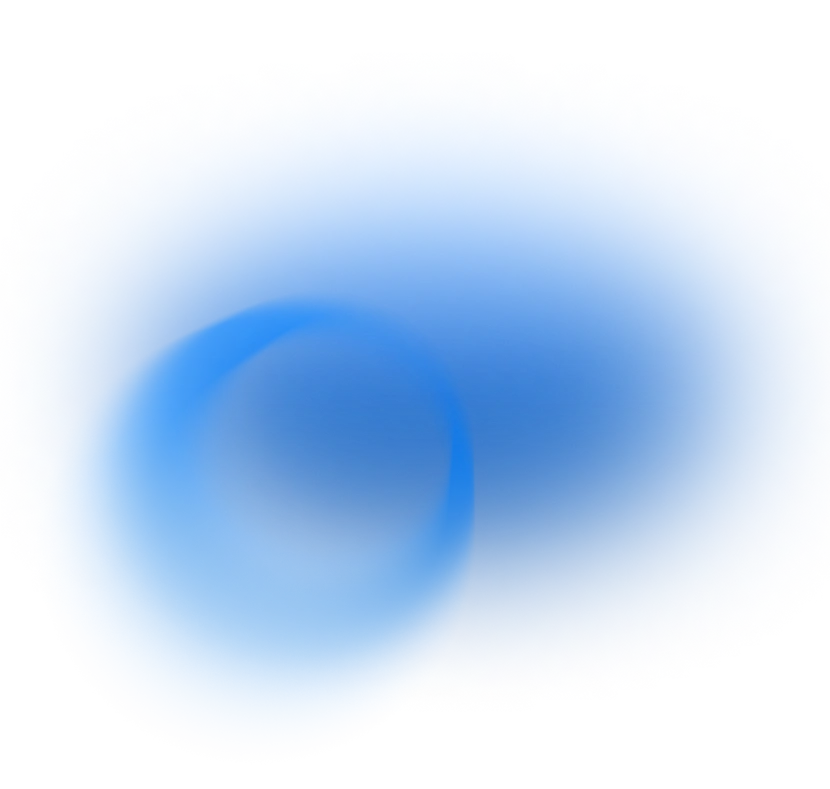
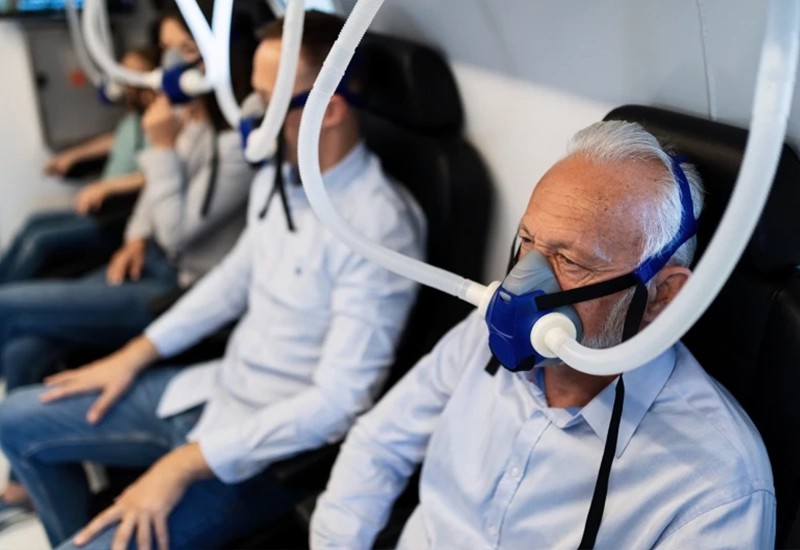
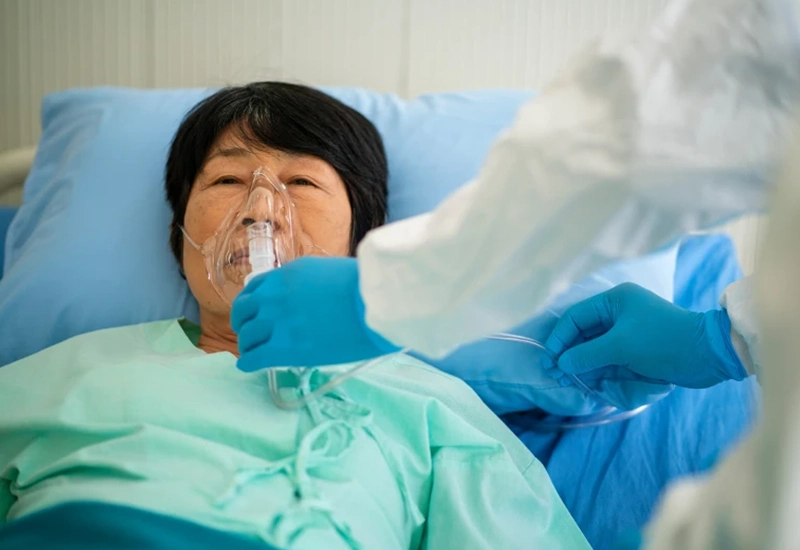
Assessing patient eligibility for HBOT— wound healing
People with underlying health conditions, such as severe cardiovascular disease, uncontrolled diabetes, or advanced age, may have impaired tissue healing mechanisms that limit their response to HBOT. Performing a TcpO2 baseline measurement and comparing that with TcpO2 oxygen challenge levels can help physicians assess how likely a patient will respond to HBOT.
Mono- and multi-place hyperbaric chambers
Hyperbaric oxygen chambers are either single-person cylindrical chambers — monoplace — or larger structures where several people can be treated simultaneously — multiplace. TcpO2 can be used in both scenarios. Typically, the TcpO2 device is placed outside the chamber with the sensors on the patient connected to the machine via a panel or built-in socket.

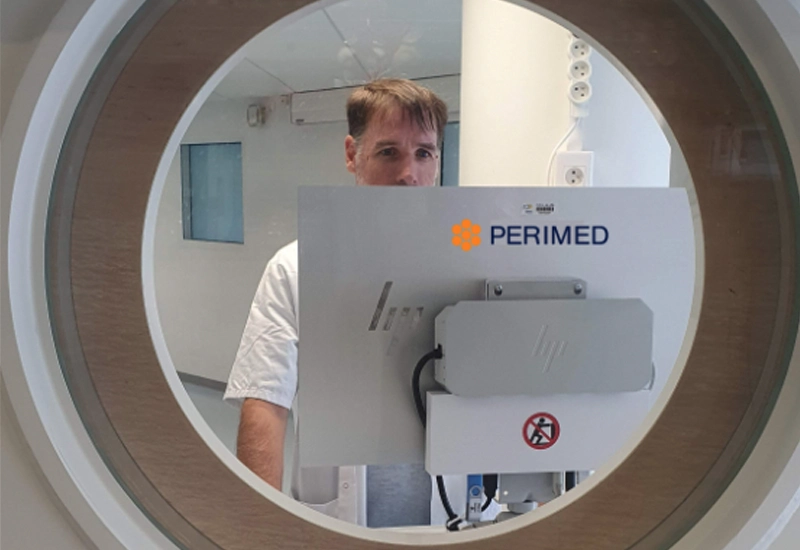
Related products
We offer a range of products and accessories for carrying out TcpO2 measurements in conjunction with hyperbaric oxygen therapy. Our TcpO2 system is mounted on a cart to facilitate maneuverability between exam rooms and HBOT chambers and comes with an optional package for DICOM/HL7 connectivity. Our standalone TcpO2 solution is a compact self-contained measurement device with a touchscreen interface and broad handle for easy transportation.
For multiplace chambers, we offer remote panels mounted inside the chamber and provide connectivity between the electrodes on the patient and the measurement device (outside the chamber).
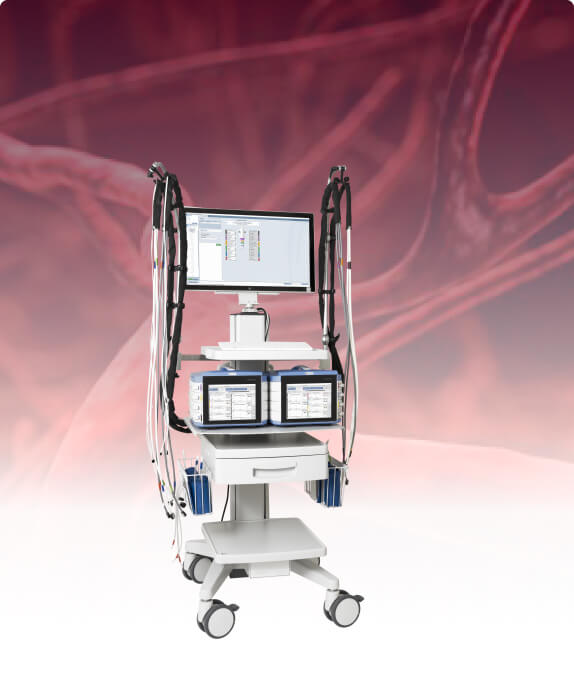
PeriFlux 6000 TcpO2 System
Our comprehensive TcpO2 system comes on a cart for convenient placement, transportation, and maneuverability.
- Supports up to eight TcpO2 channels.
- Enables both bilateral and multilevel measurements in a single session.
- Delivers all measurements in an automatically generated patient report.
- Optional DICOM/HL7 connectivity.
- Can be upgraded to support pressure-based microcirculation measurements, such as skin perfusion pressure (SPP), segmental pressure, ABI, and TBI.
- Includes features for HIPAA compliance.
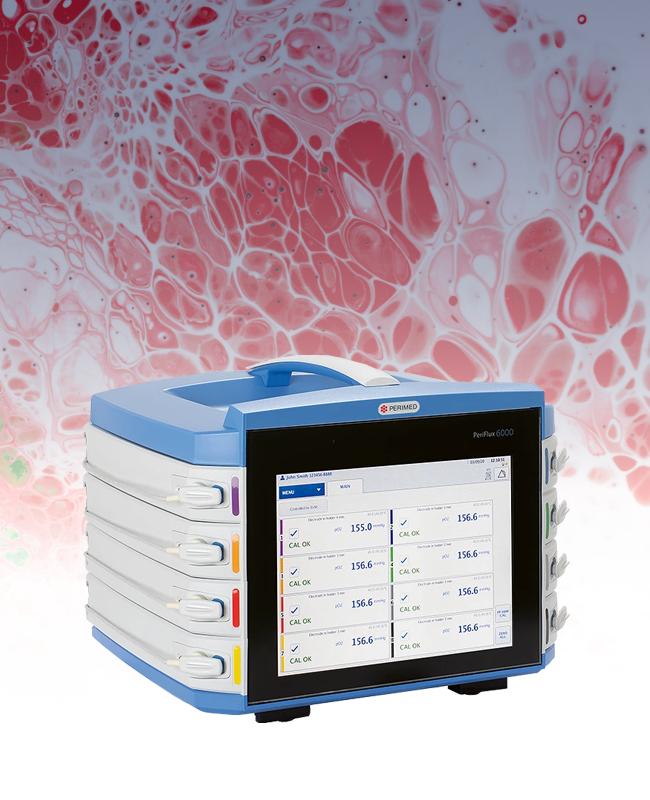
PeriFlux 6000 TcpO2 Standalone
The standalone version of our TcpO2 solution is equipped with a broad handle, making it easy to move the instrument from one exam room to another.
- Supports up to eight TcpO2 channels.
- Touchscreen interface.
- Enables both bilateral and multilevel measurements in a single session.
- Includes features for HIPAA compliance.
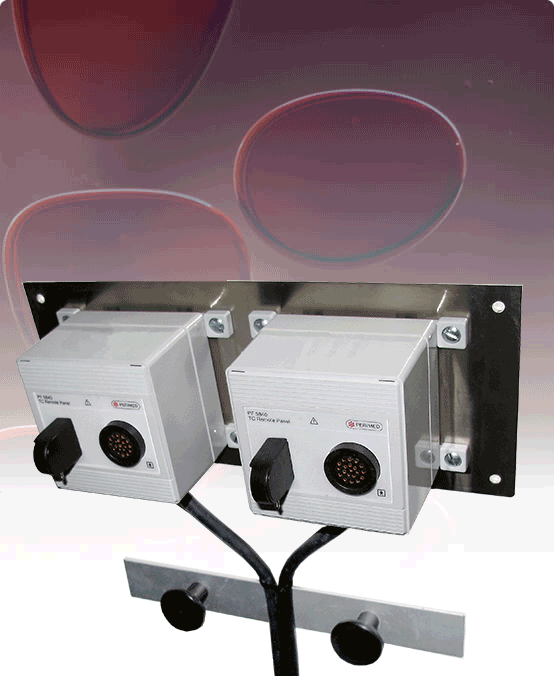
Remote panels kit for multiplace chambers
To measure how a person responds to HBOT during treatment, you can connect TcpO2 electrodes to our remote panels mounted inside the chamber. These panels are in turn connected to the TcpO2 measuring device located outside the chamber.
Each remote panel includes:
- A calibration socket for the electrode.
- A connection socket for the electrode.
- A color code.
- Cables to connect to the measuring device.
The kit also includes:
- A pass-through for the chamber wall.
- Extension cables.
.
Contact us
Get in touch
Whether you’re in a clinical or research setting, Perimed is here to support you with the tools and expertise needed for effective management of HBOT.